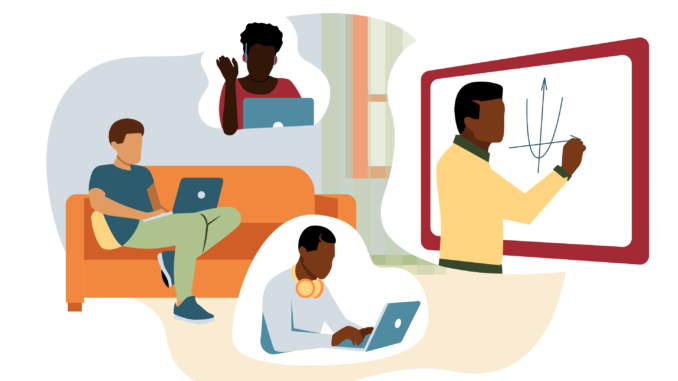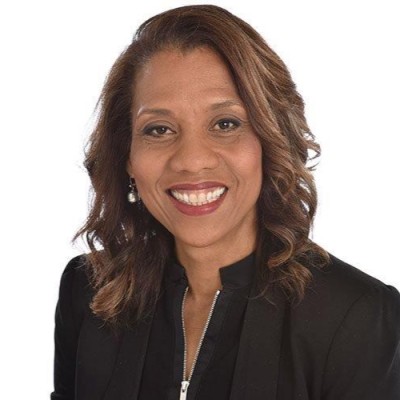
By Donna Rattley Washington
It took a public health crisis to reveal, more than anything, the stark reality for the millions of digitally disconnected families in our nation. Since the beginning of the coronavirus pandemic, households have relied on quality internet access to work, order groceries, see a doctor, and communicate with extended family, colleagues, and friends. And for our nation’s students, reliable home internet access was the difference between students who didn’t miss a beat and those left to use cell phones, sit in parking lots, or worse, do nothing at all.
While much has been written and said about the absence of precise information on where we lack broadband infrastructure in this country, we know that the digital divide is the widest in our low-income communities.
One in three low-income families does not have broadband internet at home, and it jumps to four in ten for families earning under $25,000. This truth contrasts strikingly with higher-income households, where less than one in ten families earning $150,000 or more lack home internet access.
We cannot continue to ignore the inequities in plain view. Instead, we must use this public health crisis and our shared awareness to create a lasting solution to this huge opportunity chasm. A comprehensive plan with shared costs across the cable and telecommunications industries, the government, and families, is the solution we need.
The good news is that there is already a model for it.
Since 2011, the largest internet service provider in the country, Comcast, has offered $10 internet service for low-income families. Comcast initially targeted low-income families with a K-12 student in their household, but expanded eligibility twelve times over the years. In 2019, Comcast expanded access to the $10 tier of service to all eligible low-income families that they serve.The rest of the industry followed suit. At the beginning of the pandemic, cable companies covering at least 80% of serviceable addresses voluntarily agreed to offer a $10 and $15 tier of service to low-income Americans and signed on to universal principles governing this service offering.
This model can work for all of us.
It works for the US taxpayer. The US taxpayer does not have to subsidize the industry at a rate of $50 per household when the government can take advantage of current marketplace rates and pay the industry $10 to $15per household for those with the lowest incomes.
For low-income families that don’t qualify for the full subsidy, the government should pay a portion and the family can also pay a portion. We can utilize the same federal eligibility, verification, and reimbursement systems used for the Emergency Broadband Benefit Program.
It works for families.Families will get and stay connected to the internet and not be forced to stop and start service month after month as they struggle to afford even the $10 rate. These customers would be guaranteed a robust tier of internet service rather than having to take their chances with what the market may provide that month.
It works for industry. As Comcast experienced, the industry will add millions of new customers, and reap the increased shareholder value from higher customer counts. Comcast estimates that 80% of its Internet Essentials customers were new internet customers. Because the federal government will pick up the cost for this discounted tier of service for the lowest-income households, and subsidize the cost for others, the industry will save millions of dollars in bad debt. Further, the industry will save millions in operational costs generated by customers, especially customers with low incomes, who turn their service on and off month after month, even at the $10 rate.
The industry can afford this. Unlike video service, where the incremental cost of every new customer can generate hefty new programming costs, where there is existing infrastructure and new construction is not required, in most areas of the country the cost for a new internet customer is negligible.
Now, all we need is for all these players to come to the table to make it happen. With this comprehensive and sustainable shared-cost solution, internet equity is in sight.
About
Donna Rattley Washington is a former Regional Vice President for Comcast, cable system General Manager, telecommunications law partner, and founder of the Student Internet Equity Coalition, which is advocating for a lasting solution to the digital divide.








